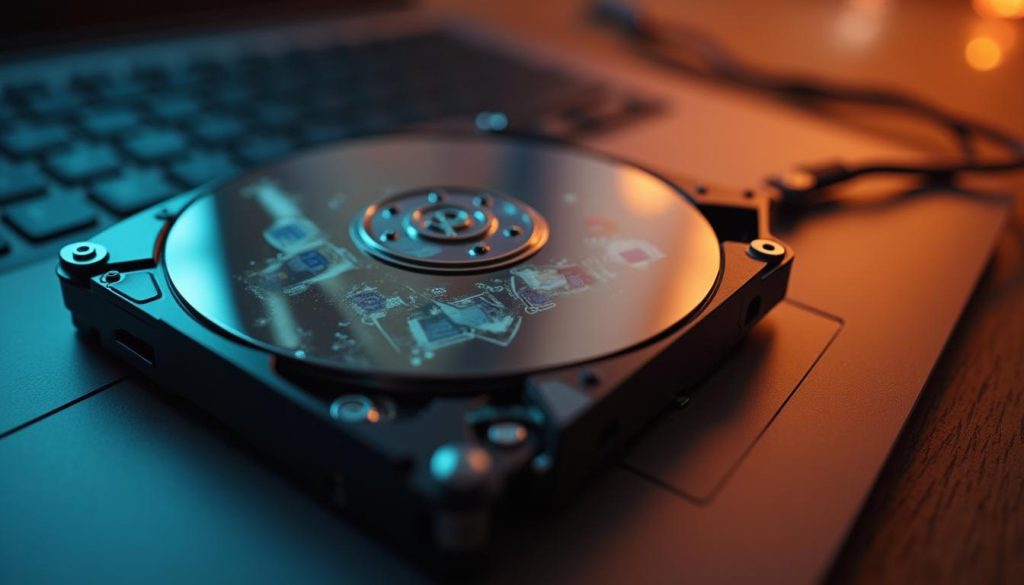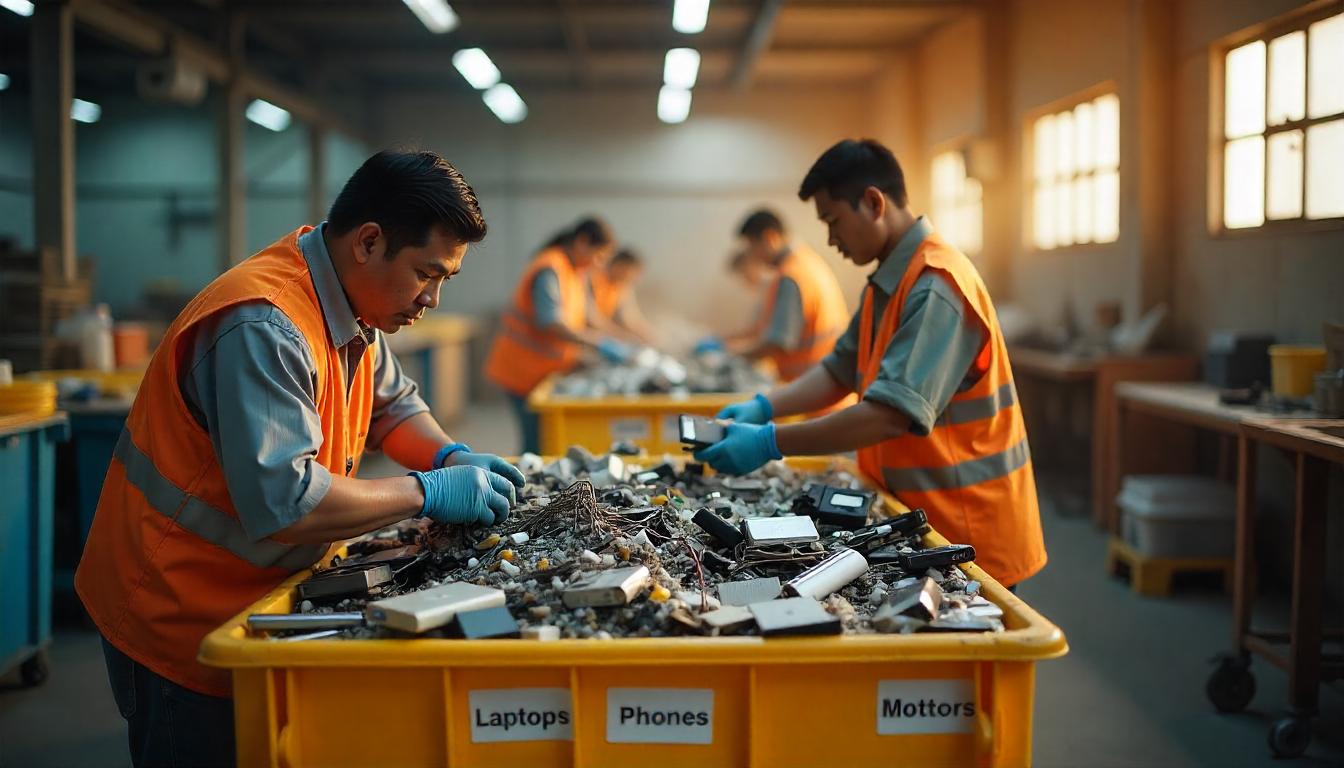Understand Why Deleting Data Isn’t Enough — and What Truly Keeps It Safe
In an age where data is as valuable as currency, the way we dispose of our old devices matters more than ever. Whether it’s a personal laptop, a corporate hard drive, or a retired server, the sensitive data they contain — customer records, passwords, financial files, or business IP — doesn’t simply disappear when you press “Delete” or even when you “Format” the drive.
Many people assume that formatting a drive or performing a factory reset is enough to erase its contents permanently. However, the truth is much more alarming: formatted data can often be recovered with the right tools, and even “wiped” drives can leave traces of information behind.
So, how do you ensure your data is truly gone forever? The answer lies in physical destruction — a method that goes beyond software and physically damages the hardware in a way that makes recovery impossible.

Even after formatting, data can still be recovered using advanced tools. This image highlights the misconception that formatting erases all sensitive files — when it actually doesn’t.
Why Formatting Isn’t Secure Enough?
1. What Formatting Actually Does
When you format a hard drive — whether through a quick format or full format — you’re mostly affecting the file system:
- In quick formatting, the file system (like NTFS or FAT32) is reset and the table that tracks file locations is deleted.
- In full formatting, sectors are checked for errors and marked, and file tables are cleared — but actual data still remains on the physical disk, until overwritten.
In both cases, the “body” of the data is still on the disk platter or chip — only the “table of contents” is removed.
2. Data Recovery Tools Can Read Past Format
Specialized forensic tools and commercial recovery software can scan formatted drives and retrieve files that were supposedly erased. These tools are used by data recovery companies, law enforcement, and — in unfortunate cases — malicious actors.
Even deleted or formatted SSDs and HDDs can yield data if not physically altered or overwritten multiple times.
3. Factory Reset Doesn’t Mean Secure Erasure
Devices like smartphones, tablets, and modern laptops have factory reset options. But factory reset mostly resets system settings and removes user access, not the deep data blocks stored in flash memory.
In many cases, researchers and tech-savvy users have been able to recover photos, emails, contacts, and app data from “reset” devices.

Physical destruction of a hard drive ensures complete data elimination by destroying the storage medium itself — leaving nothing recoverable behind.
Why Physical Destruction Is More Secure?
1. Destruction Removes the Medium, Not Just the Data
When a hard drive or SSD is physically destroyed — crushed, shredded, or drilled — the data storage surface is rendered unreadable. No magnetic patterns (for HDDs), flash cells (for SSDs), or memory structures (for USBs) remain intact to interpret or reconstruct.
There is no table of contents left to rebuild — and no “body” of the data either.
2. Types of Physical Destruction
Here are some standard physical destruction methods used for data-bearing devices:
- Shredding: The entire drive is fed into a machine that cuts it into small fragments, including platters and logic boards.
- Crushing: Hydraulic pressure destroys the drive casing and warps the platters or chips beyond functionality.
- Degaussing (for magnetic media): Applies a powerful magnetic field to disrupt data patterns — though less effective on SSDs or flash-based media.
- Drilling or Punching: Holes are punched through the platters or chips to physically break data paths.
Each method ensures that the medium itself is damaged, leaving no usable surface for recovery.

Formatting creates a false sense of security, while data may still remain recoverable in the background — invisible to users, but not to hackers.
🔄 A Closer Look at How Drives Store Data
Understanding how data is stored helps explain why physical destruction is the gold standard for data disposal.
For HDDs (Hard Disk Drives):
- Data is stored magnetically on spinning platters.
- Even if overwritten once, residual magnetic traces may remain — potentially readable using advanced techniques.
- Formatting or deletion simply marks data as “free,” but doesn’t erase magnetic content until it’s overwritten.
For SSDs (Solid State Drives):
- Data is stored in flash memory cells.
- SSDs use wear-leveling and over-provisioning, meaning data blocks marked as deleted may still reside in inaccessible areas.
- Securely wiping an SSD is complex — and unreliable without full encryption.
For USBs & Memory Cards:
Lacking proper deletion tools, deleted files can remain recoverable indefinitely.
Data security doesn’t end when you stop using a device. Whether you’re managing IT disposal for a company or clearing out personal storage, it’s critical to understand how data persists on hardware — and how vulnerable it can be if not handled properly.
Formatting may feel like a quick fix, but in today’s world, only physical destruction truly guarantees data safety.
📞 Contact us today to schedule a free assessment or pickup. Let us turn your e-waste headache into a clean, compliant process — while protecting your data and the environment.



